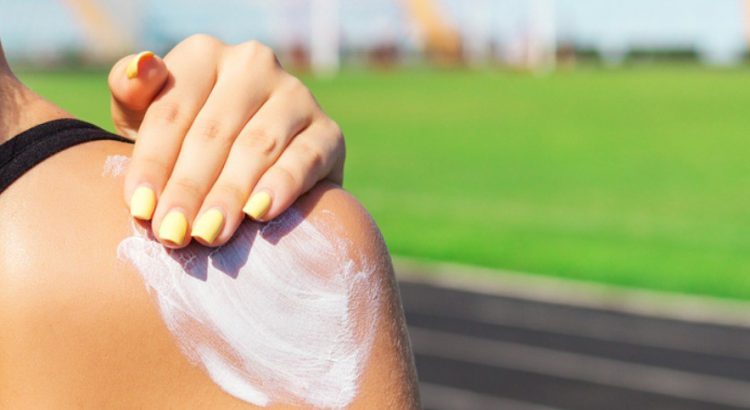Before slathering on the sunscreen, be sure to take a look at the bottle.
Just as you wouldn’t use expired medication, it’s important to check the expiration date on your sunscreen to make sure you’re getting the best protection from ultraviolet (UV) rays.
Over time, sunscreen can become inactive or lose potency, making it less effective at protecting your skin from the sun’s harmful rays. “Various ingredients in sunscreen can make it expire, but most commonly it’s the oxybenzone, homosalate and zinc oxide,” says Heather Wade, M.D., a pediatrician with The Herman & Walter Samuelson Children’s Hospital at Sinai. Wade explains that this typically occurs within three years after production. Using sunscreen after the expiration date may still offer some protection and will not damage your skin, but it is best to use a newer bottle.
Unfortunately, not all sunscreens list an expiration date; sometimes, the date can wear off from bottles that do list them; or it can be difficult to read. The expiration date, however, isn’t the only way to determine if your sunscreen has gone bad, Wade says. Check for changes in color and consistency and cracks in the container. Another indicator is difficulty with sealing the lid on the bottle. A good rule of thumb: “If you can’t remember when you purchased it or how old it is, throw it out,” Wade says.
Decomposition over time is not the only way your sunscreen can go bad. Like many other products, if sunscreen is not stored properly, it can go bad even before the expiration date on the bottle. Sunscreen should not be stored in hot places or exposed to UV light. “Keep your sunscreen covered by wrapping it in a towel or pool bag while you are out in the sun and bring it inside after you’re done,” Wade explains.
If you are ready to stock up on new sunscreen, Wade says choose sunscreen that comes in a cream, gel or stick. “Avoid sprays as they are flammable, provide uneven coverage and may be dangerous to inhale,” she adds.
Make sure your sunscreen has a sun protection factor of 30 or higher and that it protects against both UVA and UVB rays (broad-spectrum coverage). Apply the sunscreen to your ears and face (including lips) as well as the back of your neck; your scalp, shoulders, hands and feet; and around the edges of swimsuits and straps.
Just remember: expired sunscreen is better than no sunscreen at all. If it is the only bottle you have, Wade recommends reapplying more often than every two hours.
